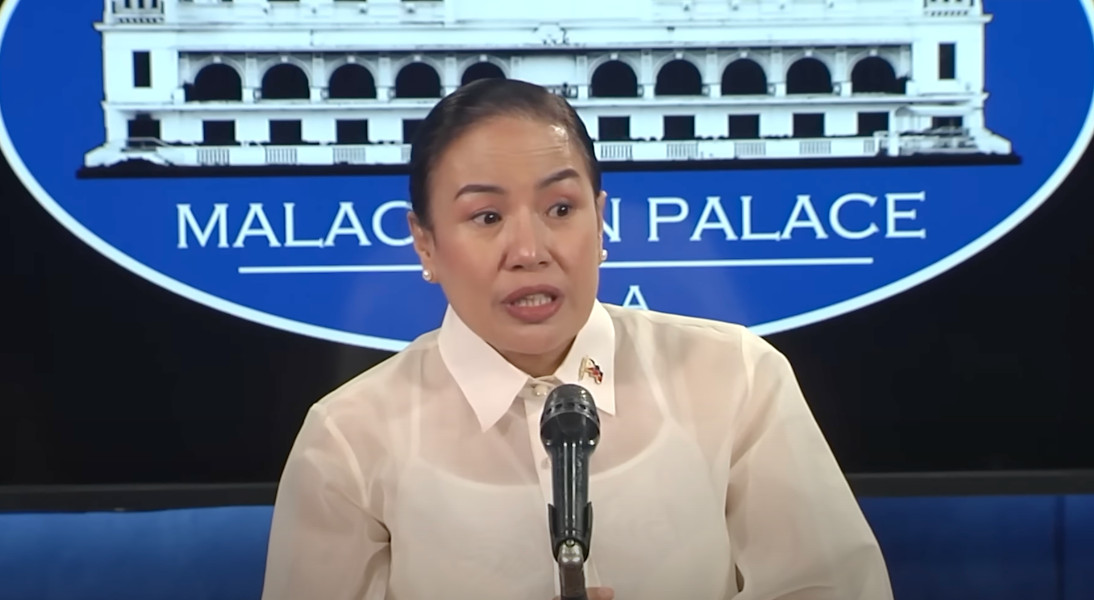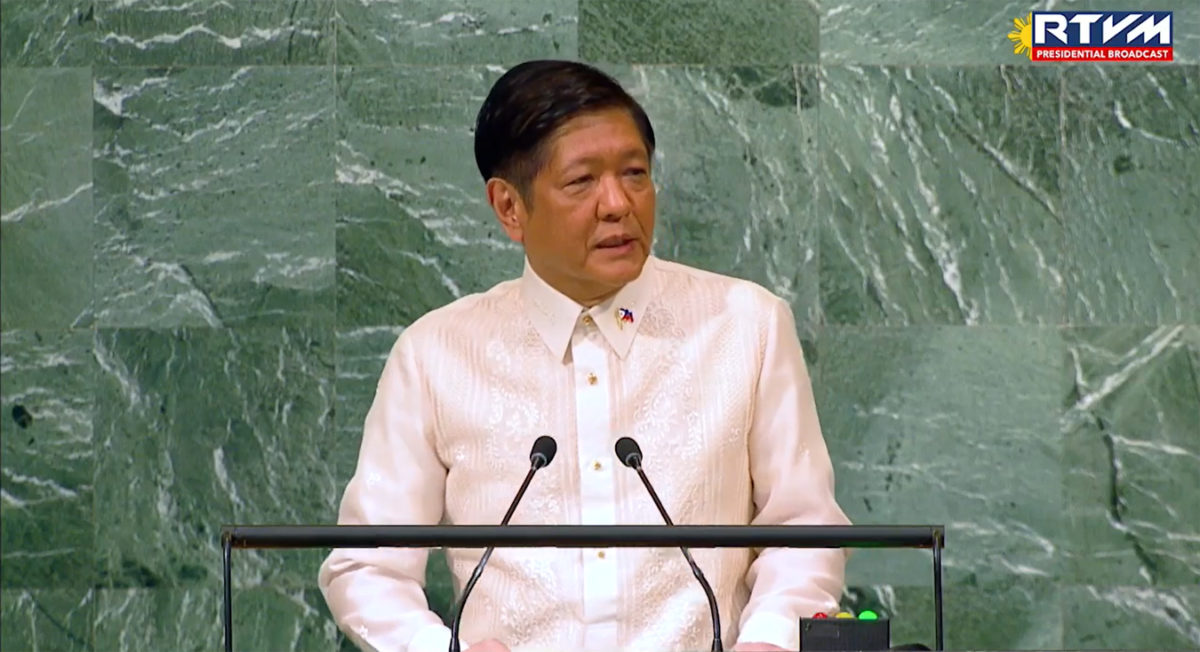In a briefing with reporters, Ilocos Norte Rep. Sandro Marcos blamed the strong dollar for the weakening of the peso, noting that the Philippines is not the only country experiencing currency depreciation.
This needs context.
STATEMENT
Talking to the media in his district on Oct. 11, the eldest son of President Ferdinand “Bongbong” Marcos said:
“The peso is not weak because the peso is weak. The peso is weak because the dollar is strong. The dollar is strong for two reasons … Kapag may krisis po sa ating mundo [When there’s a global crisis], the impression that the investors, consumers and shareholders get is that the dollar is the safest currency to get against all other currencies. So, ang nangyayari ay lahat ng tao kapag may krisis, bumibili ng dollar. [So, what happens is when there’s a crisis, people buy dollars.] ”
Source: Philippine Star, Ilocos Norte Representative Sandro Marcos on Tuesday expressed his insights on the continued weakening of the Philippine peso, Oct. 11, 2022, watch from 00:01 to 00:30
Without citing other factors that have resulted in a record low peso, he added:
“What’s assuring is, like I said, hindi lang tayo ang nasa sitwasyon na ganito; lahat ng bansa ng ASEAN (Association of Southeast Asian Nations), lahat ng bansa na may euro, lahat ng British pound.”
(What’s assuring is, like I said, we’re not the only country in this situation. [It’s the same] in ASEAN, countries with the euro as well as the British pound.)
Source: watch from 3:21 to 3:31
FACT
While the International Monetary Fund has confirmed in an article that the dollar is considered the “dominant world currency” and perceived as a “safe haven” by investors, economists have noted other important factors that contribute to the weakening of the Philippine peso.
“In terms of generic economic concepts, there isn’t anything wrong with what Rep. Marcos said. The main problem is that the analysis of the concrete situation of the peso is simplistic and, actually, by conspicuously neglecting other more important factors, wrong,” Sonny Africa, executive director of IBON Foundation, told VERA Files Fact Check in an email.
He pointed out that the local currency is among the worst-performing in Asia this year, citing data from Bangko Sentral ng Pilipinas showing that the Philippine peso is the weakest among ASEAN currencies.
Africa said the peso depreciation can be attributed to three factors: structural economic weakness, the proximate trigger of high interest rates in the United States, and capital flight to the safety of the U.S. economy amid the global crisis.
In an Inquirer column last Oct. 4, economics professor and former Socio-economic Planning secretary Cielito Habito also said the major reason for the depreciation of the peso is the aggressive hike in interest rates imposed by the U.S. Federal Reserve (Fed). In late September, the Fed raised its benchmark interest rate by 75 basis points, which made U.S. financial investments more attractive.
Habito said that price hikes in the country’s vital imports that resulted from Russia’s invasion of Ukraine also led to increased dollar outflows, further sinking the peso.
Data from the Banker’s Association of the Philippines show the peso closed at P59 to the dollar on Oct. 13. From year to date, it depreciated by P8 from its Dec. 31, 2021 close of P51.
Analysis from IBON showed that the peso fell as agricultural and domestic manufacturing weakened as the country relied heavily on imported products since the 1950s.
“These imports are largely paid for in dollars, and what the constant peso depreciation is saying is that the country is not earning enough dollars to pay for these imports and other foreign transactions,” it pointed out.
In an Oct. 13 tweet, economist Solita Monsod said Marcos is wrong for attributing the weakening of the peso solely on U.S. monetary policy which the country cannot control.
She explained that if the country wants to reap the “benefits of a strong dollar,” the government should focus on improving trade deficits by “making exports more attractive.”
Have you seen any dubious claims, photos, memes, or online posts that you want us to verify? Fill out this reader request form.
Sources
Philippine Star, Ilocos Norte Representative Sandro Marcos on Tuesday expressed his insights on the continued weakening of the Philippine peso, Oct. 11, 2022
International Monetary Fund, The Dollar Reigns Supreme, by Default, March 2014
PH Peso among the worst-performing in Asia
- Manila Bulletin, Peso back at P59:$1, Oct. 10, 2022
- Inquirer.net, Peso now region’s worst performer, July 7, 2022
- Bloomberg, Philippine Peso’s Slide Stops at Key Support Level as Central Bank Revs Up Support, Oct. 10, 2022
Bangko Sentral ng Pilipinas, US Dollar Rates of Selected Countries, Accessed Oct. 13, 2022
Inquirer.net, Dollar Diarrhea, Oct. 4, 2022
Fed raises interest rates
- Reuters, Analysts react as Aggressive Fed hikes rates another 75 basis points, Sept. 22, 2022
- The Guardian, Fed raises interest rate by 0.75 percentage points as US seeks to rein in inflation, Sept. 21, 2022
- Forbes, Fed Hikes Rates By 75 Basis Points—Here’s Why It’s Not All Doom And Gloom For Investors, Sept. 21, 2022
Bankers Association of the Philippines, Bankers Association of the Philippines, Accessed Oct. 13, 2022
Bankers Association of the Philippines, 2021 BAP FX Historical Data Summary, Accessed Oct. 13, 2022
Sonny Africa, Personal communication (email), Oct. 13, 2022
IBON Foundation, PH Peso: Catch Me I’m Falling, Oct. 6, 2022
Solita Monsod official Twitter account, If Sandro Marcos meant…, Oct. 13, 2022
(Guided by the code of principles of the International Fact-Checking Network at Poynter, VERA Files tracks the false claims, flip-flops, misleading statements of public officials and figures, and debunks them with factual evidence. Find out more about this initiative and our methodology.)




